A Little Poison in Paradise

It’s not that double shot cocktail on Duval.
It’s direct from Mother Nature.
The Manchineel tree, often called ‘The Most Poisonous Tree in the World”, is native to the several areas in northern South America, the Caribbean, and yes, is native to the Florida Keys. It is extremely toxic, so poisonous that it’s sap can cause severe medical complications, and even death to humans.
In the Keys the tree is primarily found in the Florida mangrove swamps.
The Manchineel can grow to about 50 feet tall and bears fruit which looks like a small green apple. The name comes from the Spanish word ‘manzanilla’, which translates to the “little apple”.
Not only is the fruit poisonous, but almost all parts of the tree contain strong toxins and can cause severe reactions. Just breathing the air anywhere near the tree can be fatal.
Those who have eaten the fruit (and lived) say that the first taste is actually sweet at first, but subsequently begins to have a peppery taste in the back of the throat. The symptoms progress to be burning, and tightening in the throat. Eventually a person can barely swallow food because of the excruciating pain, and have dramatic difficulty breathing. There can also be gastrointestinal issues, including cramping, bleeding and infection.
Although rare today, death is certainly a possibility when the fruit is consumed.

When a person comes in contact with the sap from the Manchineel, or inhales its toxins when standing near the tree, the individual will surely suffer some VERY unpleasant consequences. Say a person touches the leaves or even the bark of the tree. The contacted area will experience an intense, painful blistering rash. Just standing in proximity to the Manchineel and breathing what seems to be ‘normal’ air can be fatal.
So, you think to get rid of the tree for good you will burn it to the ground? Think again!! Burning the wood, or its bark is extremely dangerous as its smoke is toxic and will burn the skin, lungs and eyes, potentially blinding anyone standing nearby. The smoke can cause asphyxiation by closing the air passageway. If it rains, be sure the tree you are standing under is not the Manchineel. Just standing under it in the rain can cause blistering of the skin, if the rain droplets contain sap from the tree.
From a historical perspective the Manchineel has an interesting past. When the Spanish conquistadores first tried to claim the Florida Keys for themselves, the native inhabitants would fight back by poisoning the Spaniards’ water supplies with Manchineel sap with deadly results. If any Spanish soldiers were captured, they would be tied to the Manchineel for a slow and painful death as a warning to those who found their bodies. The Spanish truly feared the tree and had a saying that “He who sleeps under a Manchineel sleeps forever”. Rumor has it that Ponce de Leon eventually met his demise when he was hit by an arrow that had been poisoned with Manchineel sap. Columbus described the small green fruit of the Manchineel as “death apples.”


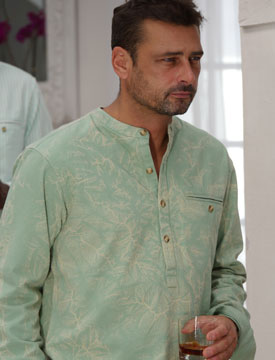

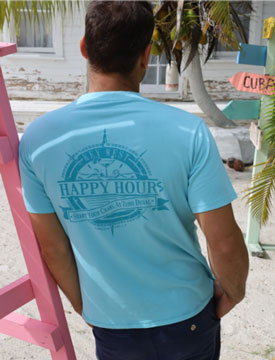



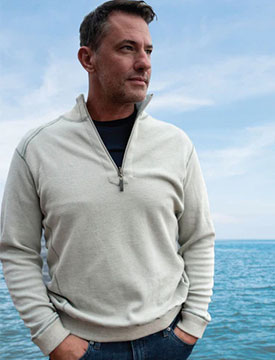


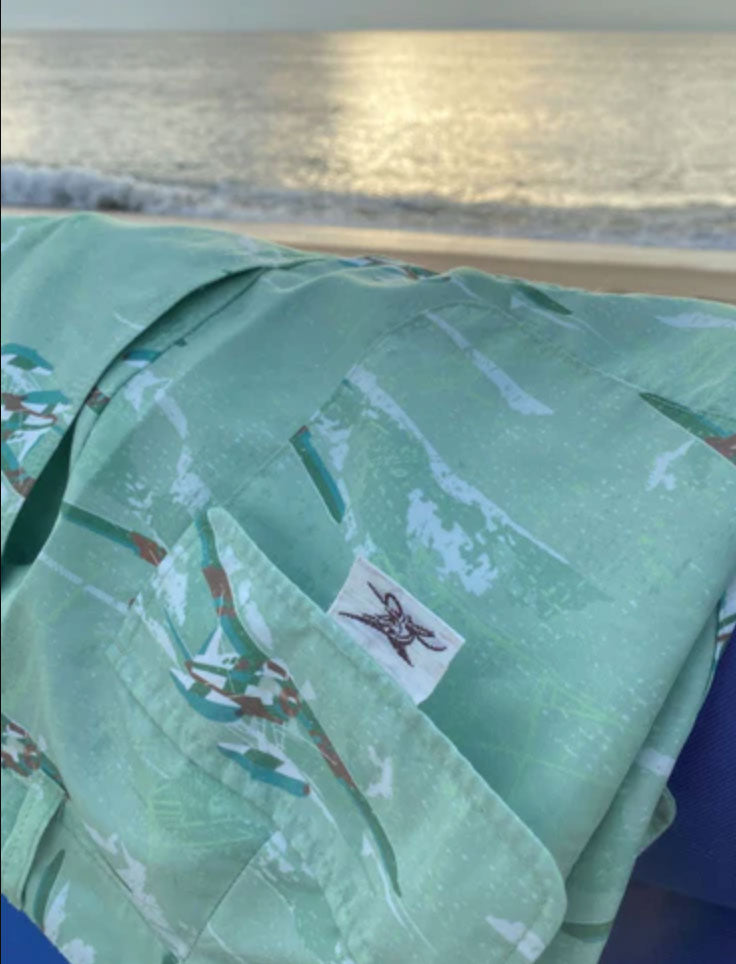


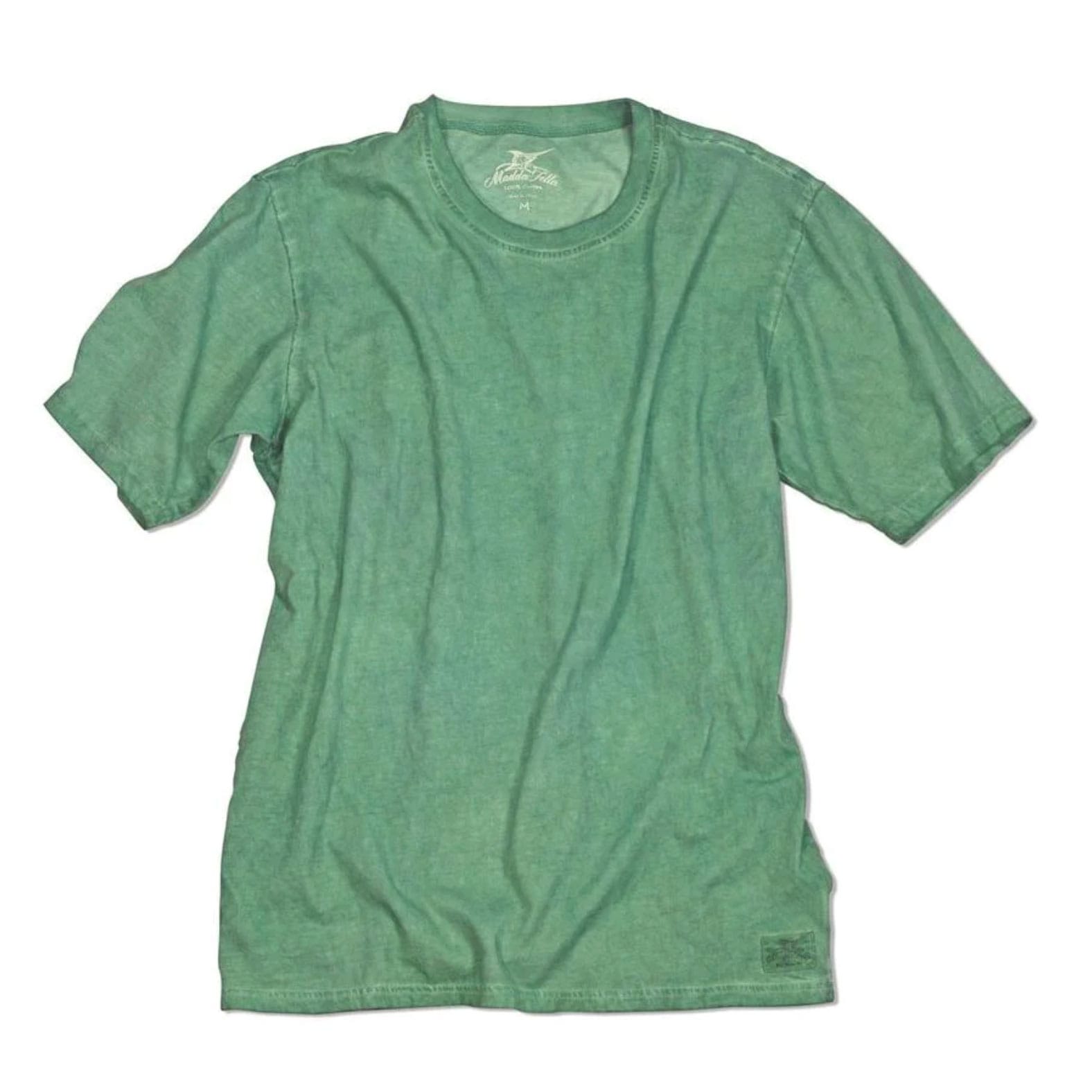








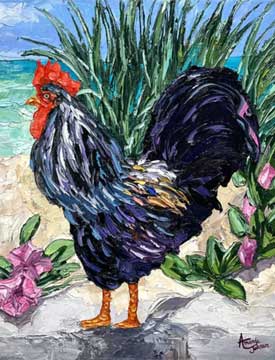

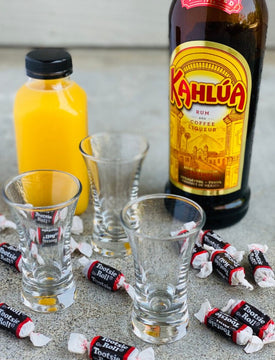


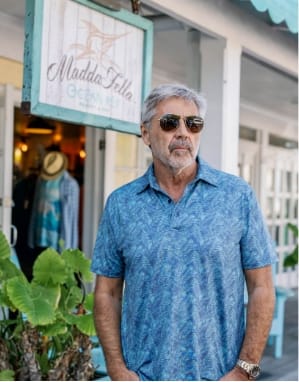
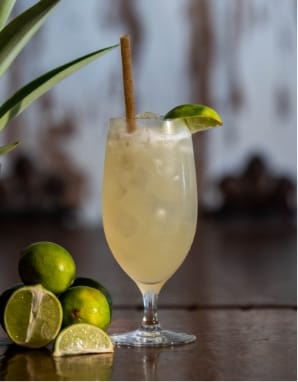

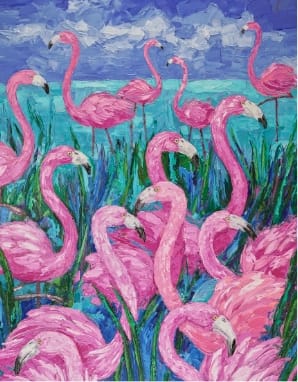

Be the first to leave a comment.